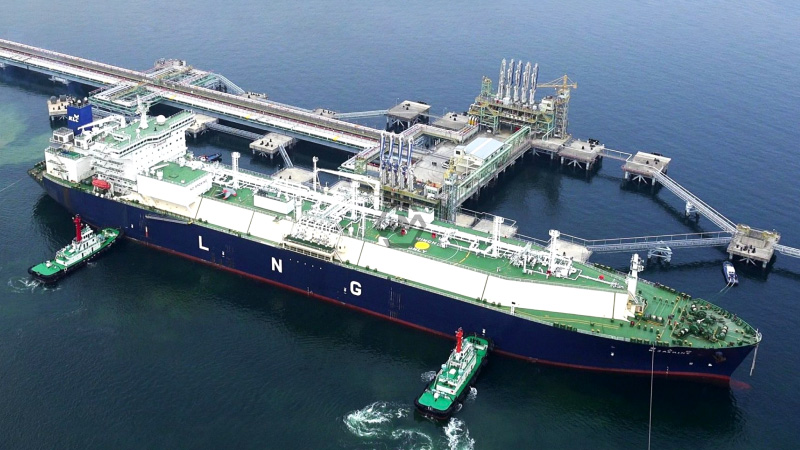- LNG demand is projected to reach up to 718 million metric tons annually by 2040.
- Asia, particularly China and India, is driving demand due to industrial and energy needs.
- The U.S. is set to dominate LNG supply, potentially reaching 180 million tons by 2030.
Global demand for liquefied natural gas (LNG) is projected to rise by 60% by 2040, with economic expansion in Asia and decarbonization initiatives fueling the growth.
Despite steady growth, the LNG market faces challenges, including supply uncertainties and geopolitical risks. While the U.S. is set to be a key supplier, delays in LNG project developments could impact availability.
LNG Market Growth Accelerates as Asia and Industry Drive Demand
The rapid expansion of LNG demand highlights the growing role of natural gas in the global energy transition. As countries aim to reduce emissions while maintaining economic growth, LNG provides a flexible and relatively lower-carbon alternative to coal and oil. In Asia, China and India are leading this shift, increasing LNG imports to support industrial and energy needs.
The U.S. is emerging as a dominant supplier, with its LNG exports expected to reach 180 million tons by 2030, accounting for nearly a third of global supply. However, new project timelines remain uncertain, potentially impacting supply stability.
While demand in Asia is surging, Europe is also set to remain a key LNG consumer. With intermittent renewables like wind and solar requiring backup energy sources, LNG will continue to play a stabilizing role in the region’s power sector well into the 2030s. Additionally, existing natural gas infrastructure may eventually support bio-LNG and hydrogen imports.
AI-driven industrial expansion and extreme weather patterns are also shaping LNG consumption. Data centers require significant energy, and rising global temperatures are increasing cooling demands, further driving LNG usage in power generation.
LNG is cementing its role as a crucial energy source in the global transition to cleaner fuels. While demand is set to rise sharply, supply uncertainties and evolving energy policies will shape the market’s future trajectory.
“Energy transitions take time. The world will need a mix of sources to meet growing demand while reducing emissions.”



